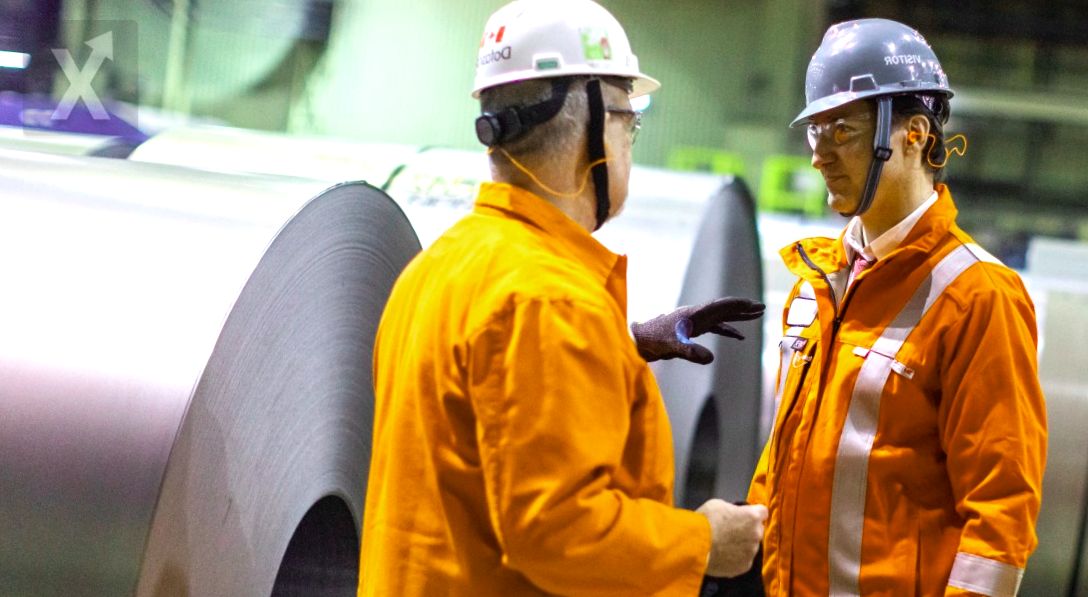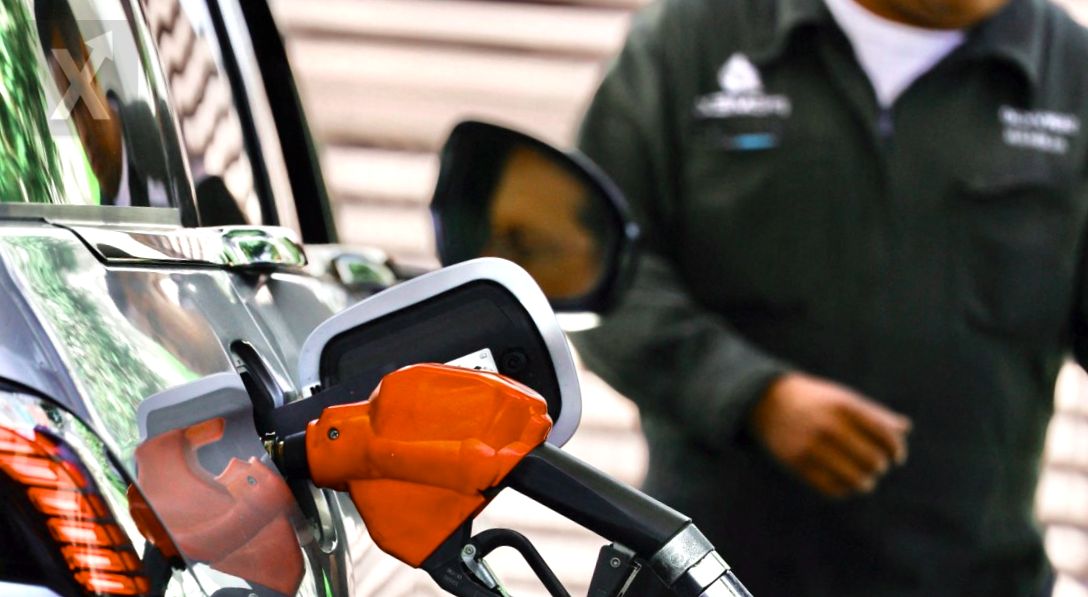Historic Achievements of the SAT in Tax Collection During AMLO's Administration

In September, the final month of the administration of Andrés Manuel López Obrador, tax revenues reached their highest level in relation to total public income. According to the Ministry of Finance and Public Credit (SHCP), this remarkable increase in tax collection and the share of taxes in the budget was achieved thanks to actions focused on tax enforcement, which included desk reviews, in-person audits, and digital interventions for clarifications.
The digitalization of processes, which began during the administration of Enrique Peña Nieto with Aristóteles Núñez at the helm of the SAT and continued with Margarita Ríos Farjat, Raquel Buenrostro, and Antonio Martínez Dagnino, has been key. The latter has implemented artificial intelligence (AI) to identify discrepancies between taxpayers' declarations and information from banks, IMSS, and Infonavit. Public finance experts predict that the proportion of tax revenues compared to oil revenues will remain high this term, considering that low oil prices are expected until 2026, according to the World Bank. Moreover, the implementation of AI and digitalization has simplified procedures, starting with individuals. Regarding tax collection, the Income Tax (ISR), which companies contribute most, has been essential for public finances and has grown significantly during this administration, thanks to the elimination of tax waivers for large taxpayers and audits from previous years.
As for VAT, which is mainly linked to consumption, good numbers were also reported due to its relation to inflation: the higher the cost of a product, the greater the tax burden. In terms of the IEPS applied to soft drinks and tobacco, an adjustment in rates in line with inflation was made since 2020, without the need for a major tax reform. The SAT's anti-smuggling policy, led by Raquel Buenrostro, has improved import tax revenues. Since the beginning of his term, López Obrador canceled tax waivers for large companies, which had been common in previous administrations, resulting in firms like Walmart and Grupo Modelo paying over 35 billion pesos between 2020 and 2021. By September 2024, the secondary collection goal resulting from tax enforcement actions was greatly exceeded.
Regarding the IEPS on fuels, the Treasury managed to report positive collections from gasoline over five years, except in 2022. The decrease in fuel prices allowed for a larger portion of the IEPS quota to be collected, meaning less subsidy compared to the administrations of Calderón and Peña Nieto. “The IEPS increased by 30.8% in real terms, particularly the fuel component, which was 1.6 times higher than the level observed in the same period of 2023,” the SHCP stated in its third-quarter report for 2024. The digitalization of processes and the use of AI to detect inconsistencies have facilitated the implementation of tax credits. From 2018 until the end of 2024, the balance of these debts surpassed 2.8 trillion pesos, almost four times the amount established at the close of 2018. Finally, with programs aimed at small businesses like the Simplified Trust Regime (Resico), and the requirement that all individuals over 18 register in the Federal Taxpayer Registry (RFC), the SAT achieved the highest number of registered taxpayers. From late 2018 to September 2024, the number of taxpayers grew by 14.598 million, reaching over 86 million taxpayers.
Comment: The transformation of the SAT under this administration reflects a solid strategy that combines technology with more active tax oversight. This has not only allowed for greater collection but also promotes a fairer and more equitable environment in taxation. As the Mexican economy faces challenges such as inflation and global effects, it is vital that this trend in tax collection continues to strengthen public finances and ensure the sustainable development of the country.






